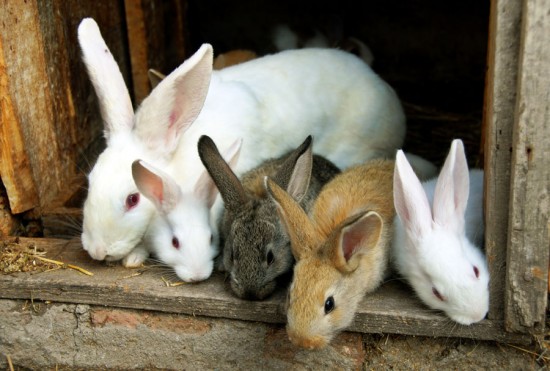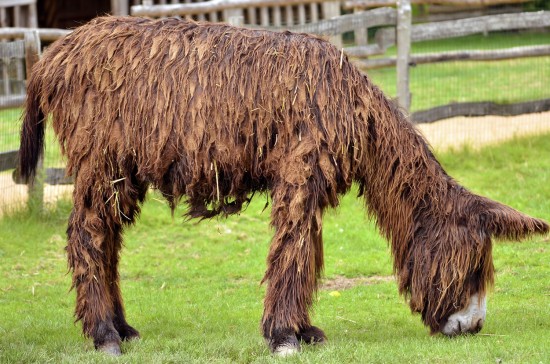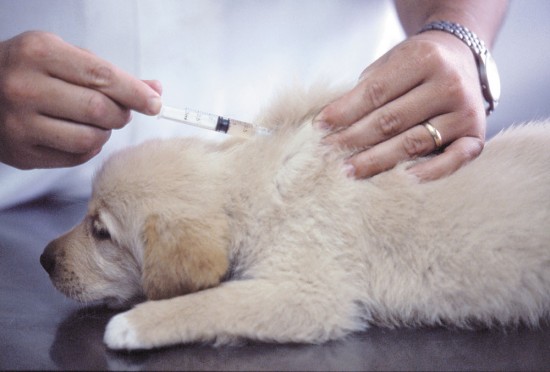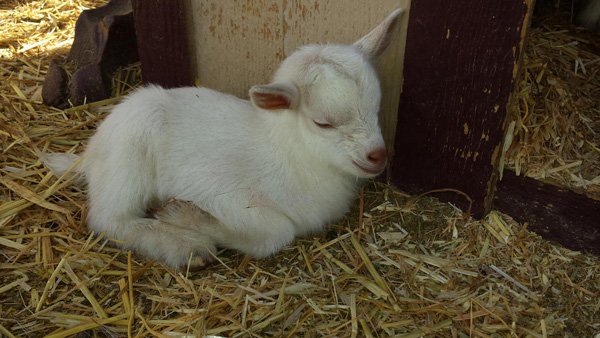

An article about 'how to breed from your rabbit' may seem a little crazy, being as rabbits are well known to be prolific breeders who generally don't need any help in the mating department! But for the responsible, caring owner, there's more to consider than just putting a doe and a buck together and letting them do what comes naturally.
Lots of people who own a couple of rabbits think it might be fun and rewarding to breed them and raise a litter, but remember that bringing new life into the world (of any species) is not a course of action to be entered into lightly, and simply thinking that breeding rabbits will be 'fun' or easy is not a good enough reason to do so.
If you're thinking of breeding from your rabbit and want to know a little more about it, then read on.
It's fair to say that rabbits aren't generally hard to come by, and there's no shortage of rabbits available for sale as pets within the UK. If you feel that you might want to breed from your rabbit and you really care about your pet and rabbit welfare in general, it's important to consider the implications of doing this and how you can make sure that you're doing the right thing by your pet and any kits (babies) which they might have.
So what are good reasons for breeding rabbits? Well, if you have a healthy, strong rabbit with good conformation, colouring and no known genetic defects or hereditary health conditions, then breeding them to another healthy rabbit of the same ilk will play a part in raising the general standard and genetic strength of the gene pool of rabbits in the UK, and breeding out flaws and health issues found in weaker rabbits. So if you own a robust, healthy pedigree rabbit, then breeding them may be a good thing for the population as a whole. You should never consider breeding a poor standard, unhealthy rabbit, or one which possesses any genetic defects or hereditary health issues- both from the point of view of homing and caring for the resulting kits, and because to do so will bring down the general standard of rabbit health and wellbeing across the board.
If you own a high quality show standard pedigree doe and mate them to a similar standard buck, then you will probably not have a problem being able to find caring, experienced homes for the offspring. It's important to make sure before you go ahead with breeding that you know that you can home all of the resulting kits. Dwarf rabbit breeds usually produce between two and four kits in a litter, with larger breeds having anything up to twelve. That's a significant amount of new homes to find, or mouths to feed if you're planning on keeping them yourself.
Rabbit clubs and societies are often helpful in finding homes for new litters, and advertising on a web site like Pets4homes is also a great way to get in touch with prospective owners. Pet shops will often buy young rabbits to sell on, but you should look into this carefully and consider if you would be happy doing this, not knowing what kind of eventual homes the kits will end up in, and if you're happy with the standard of care and vetting procedure for future owners which the pet shop will provide.
If you're considering going ahead, you will need to have a significant amount of both time and money to devote to the endeavour. Towards the end of the period of gestation and at the time of the birth, you will need to be on hand and available twenty four hours a day to monitor your doe and care for their needs, and intervene in case of any problems. Immediately after the birth, you will need to be available to care for the kits, handle them and look after the needs of the doe and help her to care for the litter, which can all be very time intensive.
You will also, as mentioned, need to have arranged homes for the developing kits, preferably before they are born. Start looking into homing the kits and advertising your prospective litter before you go ahead with breeding- this will provide you with a valuable insight into the potential interest and market for the babies. If you find at the research stage that there is not significant interest and demand for the offspring, then you should rethink going ahead.
If you have read this far and are still keen to breed your rabbit, then great! But there is still a significant amount of research and legwork involved before you get started. This list should provide you with a basic guide to the steps involved in breeding.
 The Poitou Donkey - The Biggest Breed In The World
The Poitou Donkey
The Poitou Donkey - The Biggest Breed In The World
The Poitou Donkey
 Puppy Vaccinations - How, When And Why
Puppy Vaccination
Puppy Vaccinations - How, When And Why
Puppy Vaccination
 Benefits in addition to forms of Wall with regard to Goats
Benefits in addition to forms of Wall with regard to Goats
Benefits in addition to forms of Wall with regard to Goats
Benefits in addition to forms of Wall with regard to Goats
 Health Issues More Commonly Seen In The Bouvier Des Flandres
Health Issues Mor
Health Issues More Commonly Seen In The Bouvier Des Flandres
Health Issues Mor
 How Do Police And Military Dogs Interact With Their Handlers And Trainers?
How Do Police And
How Do Police And Military Dogs Interact With Their Handlers And Trainers?
How Do Police And
Copyright © 2005-2016 Pet Information All Rights Reserved
Contact us: www162date@outlook.com